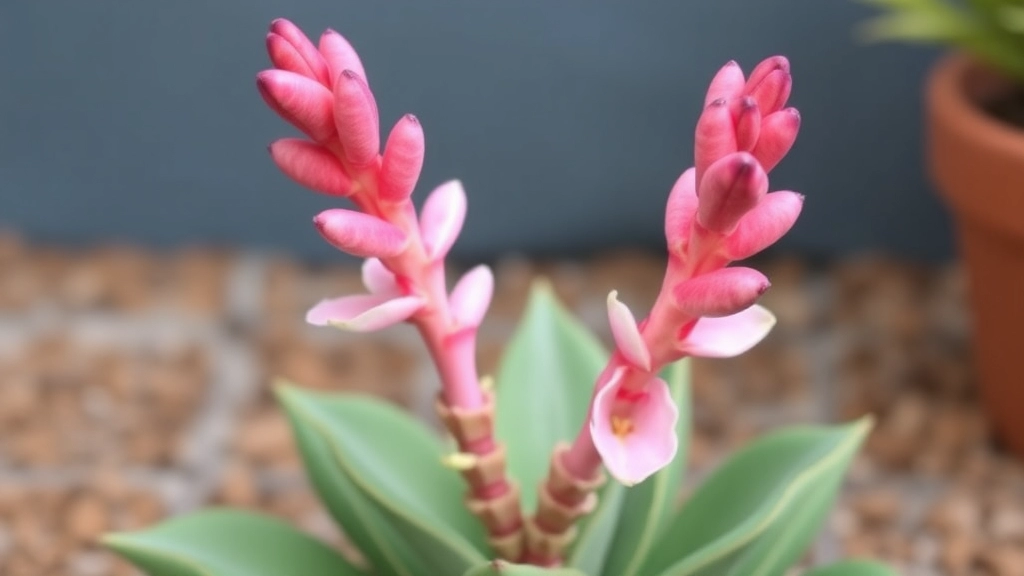Kalanchoe Gastonis Bonnieri: The Donkey Ears Plant
If you’re looking to add a unique and eye-catching plant to your collection, the Kalanchoe Gastonis Bonnieri, commonly known as Donkey Ears, might just be the perfect choice. This succulent is not only visually striking with its large, fleshy leaves that resemble donkey ears, but it’s also relatively easy to care for, making it a favourite among both novice and experienced gardeners.
Optimal Growing Conditions
Understanding the optimal growing conditions for Donkey Ears is key to ensuring a thriving plant. They prefer bright, indirect sunlight and can tolerate a range of temperatures, though they thrive best in warmer climates. Proper soil and potting are crucial; a well-draining succulent mix will prevent root rot and other issues.
Care Tips
- Mindful watering
- Occasional feeding
With the right care, including the tips above, your Kalanchoe Gastonis Bonnieri will flourish, adding a touch of the exotic to your garden or indoor space.
Are you looking for a unique and resilient houseplant to enhance your indoor garden?
Kalanchoe Gastonis Bonnieri, commonly known as Donkey Ears, is a captivating succulent that can be an excellent addition to your collection.
This plant is renowned for its thick, fleshy leaves that resemble the ears of a donkey, giving it a distinctive appearance that draws attention.
Key Characteristics:
* **Leaf Shape**: The leaves are broad, paddle-shaped, and often have a bluish-green hue.
* **Growth Habit**: It typically grows upright, reaching heights of up to 60 cm (24 inches).
* **Flowers**: When it blooms, it produces clusters of small, tubular flowers that can add a splash of colour to your space.
Kalanchoe Gastonis Bonnieri is not just visually appealing; it’s also relatively low-maintenance, making it perfect for both novice and experienced plant enthusiasts. For more insights on how to care for this plant, check out the [care guide for Kalanchoe Gastonis Bonnieri](https://planthq.org/care-guide-for-kalanchoe-gastonis-bonnieri-donkey-ears/).
If you’re interested in exploring other varieties of Kalanchoe, you might find the [guide to all types of Kalanchoe](https://planthq.org/all-types-of-kalanchoe-varieties-care-tips-growing-guide/) quite helpful.
Identifying Characteristics of Donkey Ears
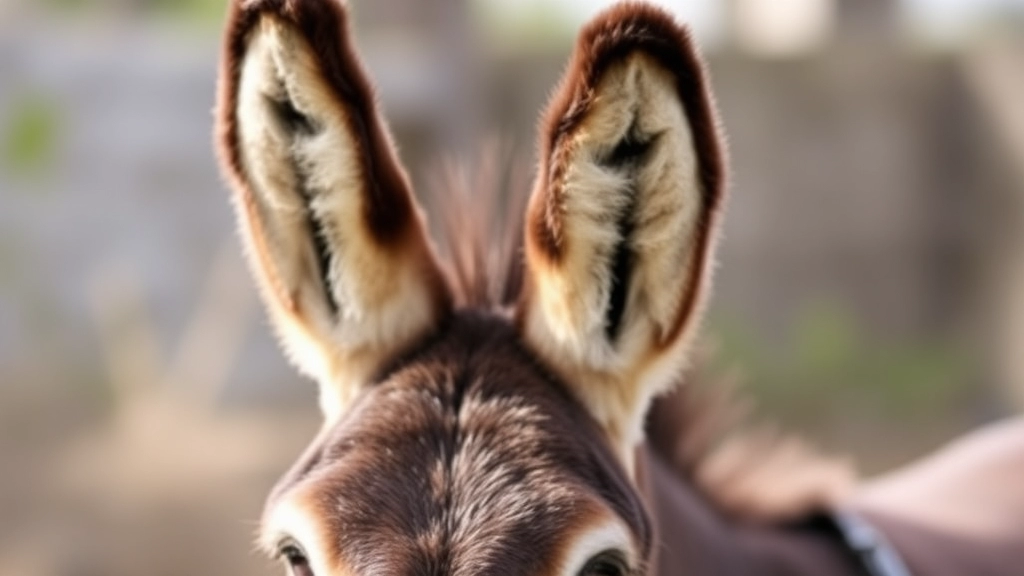
So, you’re curious about Donkey Ears, or Kalanchoe Gastonis Bonnieri? You’re not alone! Many plant lovers are drawn to its unique charm.
What Makes Donkey Ears Stand Out?
- Leaf Shape: The leaves are thick and paddle-shaped, resembling a donkey’s ear—hence the name! They can grow quite large, reaching up to 10 inches long.
- Colour: The leaves are a lovely shade of green, often with a hint of a silvery sheen. This gives them a striking appearance, especially in the right light.
- Edges: You’ll notice that the edges of the leaves are slightly wavy, adding to their unique look. Sometimes, they even sport a reddish hue at the tips, which is pretty cool.
- Growth Habit: This plant tends to grow upright, forming a rosette shape. It can get bushy, making it a fantastic focal point in your collection.
- Height: Donkey Ears can reach up to 2 feet tall, making it a substantial addition to your indoor or outdoor garden.
Why These Features Matter
These identifying traits not only make Donkey Ears visually appealing but also help you understand how to care for them. Knowing what to look for can save you time and effort in maintaining your plant.
Optimal Growing Conditions
When it comes to cultivating Kalanchoe Gastonis Bonnieri, also known as Donkey Ears, understanding its optimal growing conditions is crucial for success. Many enthusiasts often wonder: What does this unique succulent need to thrive?
Light and Temperature Requirements
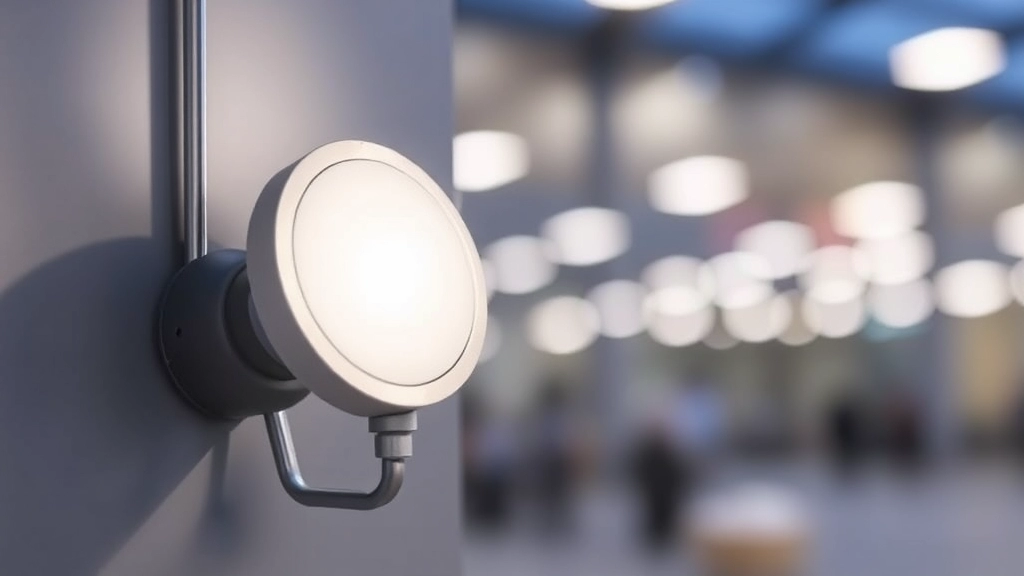
When caring for Kalanchoe Gastonis Bonnieri, understanding its light and temperature needs is crucial for healthy growth. Many plant enthusiasts often wonder how to provide the ideal conditions for their Donkey Ears to thrive.
Light Requirements
Kalanchoe Gastonis Bonnieri flourishes in bright, indirect sunlight. Here are some key points to consider:
- Optimal Light Exposure: Aim for at least 6 hours of bright light daily.
- Avoid Direct Sunlight: Intense, direct sunlight can scorch the leaves, leading to damage.
- Indoor Placement: A south or west-facing window is often ideal for indoor growth.
- Signs of Insufficient Light: If your plant becomes leggy or the leaves turn yellow, it may need more light.
Temperature Preferences
Temperature plays a vital role in the well-being of your Donkey Ears. Here’s what you need to know:
- Ideal Range: Kalanchoe prefers temperatures between 18°C to 24°C (65°F to 75°F).
- Avoid Cold Drafts: Keep the plant away from cold drafts and sudden temperature changes.
- Winter Care: During colder months, ensure temperatures do not drop below 10°C (50°F) to prevent stress.
Soil and Potting Recommendations
Choosing the right soil and potting method for your Kalanchoe Gastonis Bonnieri, commonly known as Donkey Ears, is crucial.
Many plant enthusiasts wonder, “What kind of soil does my Donkey Ears need?”
Watering and Feeding Guidelines for Kalanchoe Gastonis Bonnieri
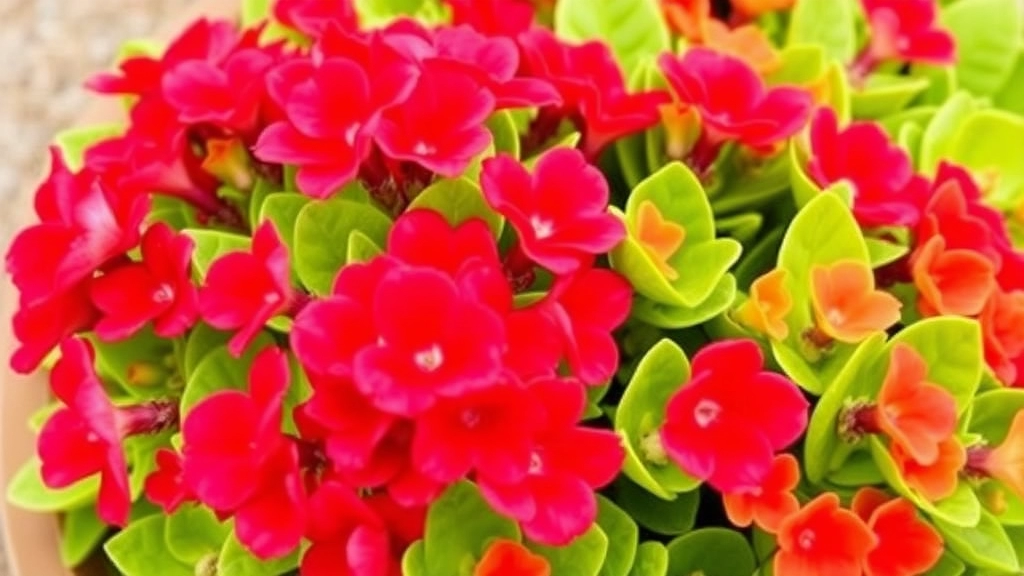
So, you’ve got your Kalanchoe Gastonis Bonnieri, a.k.a. Donkey Ears, all set up. Now, let’s dive into one of the most crucial aspects of plant care: watering and feeding.
Watering Tips
One of the most common worries for plant lovers is, “Am I watering my plant too much or too little?” With Donkey Ears, the key is to find that sweet spot. Here’s what I’ve learned:
- Check the soil: Stick your finger about an inch deep into the soil. If it feels dry, it’s time for a drink.
- Water thoroughly: When you do water, give it a good soak until you see water draining from the bottom of the pot. This ensures the roots get enough moisture.
- Let it dry out: Kalanchoes prefer to dry out between watering. Overwatering can lead to root rot, which is a real buzzkill.
Feeding Guidelines
Now, let’s talk about feeding. You want your Donkey Ears to thrive, right? Here’s how to do it:
- Use a balanced fertilizer: A diluted, balanced liquid fertilizer every 4-6 weeks during the growing season (spring and summer) works wonders.
- Skip the winter feed: In the colder months, your plant will go dormant, so hold off on feeding.
- Watch for signs: If the leaves start looking pale or the growth slows down, it might be time to give it a little extra love with some fertilizer.
By keeping an eye on your watering and feeding routine, your Kalanchoe Gastonis Bonnieri will flourish.
As we explore the ongoing care of Kalanchoe Gastonis Bonnieri, it’s essential to consider how pruning and maintenance play a crucial role in its health and appearance.
### Why Pruning Matters
Pruning isn’t just about aesthetics; it helps promote healthy growth and prevents overcrowding.
### When to Prune
– **Timing**: The best time to prune your Kalanchoe is in early spring, just before the growing season begins.
– **Signs**: Look for leggy stems or dead leaves as indicators that it’s time to prune.
### How to Prune
– **Tools**: Use clean, sharp scissors or shears to avoid damaging the plant.
– **Technique**:
– Start by removing any dead or wilted leaves.
– Trim back leggy stems to encourage bushier growth.
– Aim to maintain a balanced shape.
### Maintenance Tips
– **Regular Checks**: Inspect your plant every few weeks to identify any issues early.
– **Dusting Leaves**: Wipe leaves with a damp cloth to keep them clean and enhance photosynthesis.
– **Repotting**: Consider [repotting every couple of years](https://planthq.org/why-are-my-kalanchoe-leaves-turning-brown/) to refresh the soil and allow for growth.
For more detailed advice on keeping your Kalanchoe plants healthy, you might find this [comprehensive guide](https://planthq.org/comprehensive-guide-caring-for-kalanchoe-brasiliensis/) helpful.
Flowering and Seasonal Changes
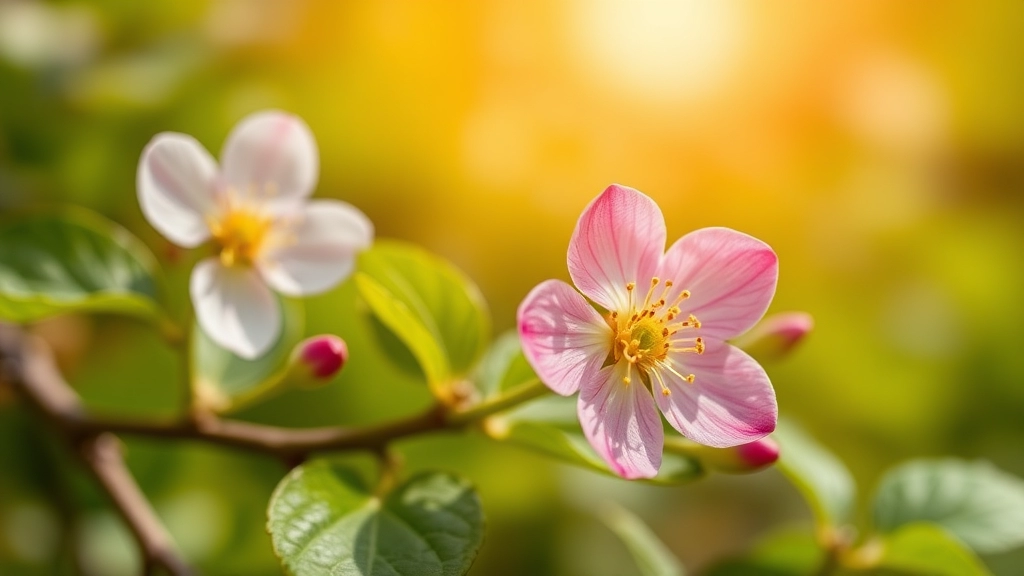
Have you ever wondered why your Kalanchoe Gastonis Bonnieri isn’t blooming?
Don’t stress; it’s a common concern among plant lovers.
Flowering Insights
Kalanchoe Gastonis Bonnieri, also known as Donkey Ears, is not just a pretty face.
This succulent can surprise you with its lovely flowers, typically blooming in late winter to early spring.
Here’s what you need to know:
- Flower Appearance: The flowers are small, tubular, and can be yellow or orange.
- Duration: Flowering can last several weeks, bringing a burst of colour to your space.
Seasonal Changes
As the seasons shift, so does the care your plant needs.
During the growing season (spring and summer), your Donkey Ears will thrive and may even reward you with blossoms.
Here’s how to adjust your care:
- Spring/Summer: Increase watering as the plant actively grows.
- Autumn/Winter: Cut back on watering and let the plant rest.
Tips for Encouraging Blooms
Want to coax those flowers out?
Here are some simple strategies:
- Light: Ensure it gets plenty of bright, indirect sunlight.
- Fertilizer: Use a balanced fertiliser during the growing season to boost growth.
- Temperature: Keep it warm; around 20-24°C is ideal.
By keeping an eye on these factors, you’ll increase your chances of seeing those beautiful blooms.
Propagation Techniques for Kalanchoe Gastonis Bonnieri
As we explore the fascinating world of Kalanchoe Gastonis Bonnieri, it’s essential to understand how to propagate this stunning plant effectively. Propagation not only allows you to expand your collection but also provides a rewarding experience as you watch new plants thrive.
Common Propagation Methods:
- Leaf Cuttings:
- Select healthy leaves from the parent plant.
- Allow the cut ends to dry for a day or two to form a callous.
- Place the leaves on well-draining soil, ensuring the cut ends are in contact with the soil.
- Mist lightly and cover with a plastic bag to maintain humidity.
- After a few weeks, roots will develop, and new growth will appear.
- Stem Cuttings:
- Choose a healthy stem and cut it just below a node.
- Remove the lower leaves to expose the node.
- Let the cutting dry for a day before planting it in well-draining soil.
- Water sparingly until roots establish, which typically takes a few weeks.
- Offsets:
- Kalanchoe Gastonis Bonnieri often produces offsets or âpupsâ around the base.
- Gently separate the offset from the parent plant.
- Allow the cut end to dry before planting in its own pot with suitable soil.
- Water lightly until established.
Tips for Successful Propagation:
- Timing: Spring is the best time for propagation, as the plant is actively growing.
- Environment: Keep the cuttings in a warm, bright location but out of direct sunlight to prevent scorching.
- Humidity: Maintain humidity with a plastic cover or by misting regularly.
By mastering these propagation techniques, you can enjoy a flourishing collection of Kalanchoe Gastonis Bonnieri. For more detailed guidance, you might find our Kalanchoe Mother of Thousands Propagation Guide helpful. Additionally, if you’re interested in learning about the care of other Kalanchoe varieties, check out our Complete Guide on How to Care for Kalanchoe Tomentosa.
Common Pests and Diseases of Kalanchoe Gastonis Bonnieri
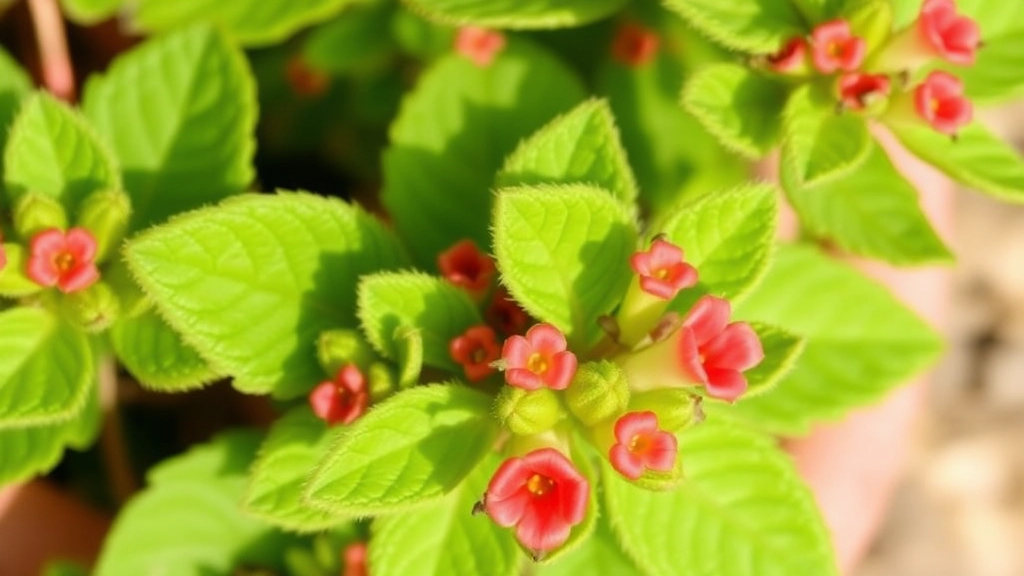
So, you’ve got your lovely Kalanchoe Gastonis Bonnieri, also known as Donkey Ears, thriving in your home. But wait—what happens if pests or diseases start to creep in?
Let’s dive into the common culprits that can wreak havoc on your plant.
Common Pests
- Mealybugs
– These little white fluff balls love to hide in the leaf joints.
– They suck the sap, leading to yellowing leaves.
– Use a cotton swab dipped in alcohol to wipe them away. - Spider Mites
– Tiny and often overlooked, these pests can cause webbing on your plant.
– They thrive in dry conditions.
– Increase humidity and consider a gentle shower to wash them off. - Aphids
– These green or black bugs can cluster on new growth.
– They can cause distortion in leaves.
– A strong blast of water or insecticidal soap can help control them.
Common Diseases
- Root Rot
– Overwatering is the main culprit here.
– Look for mushy roots and yellowing leaves.
– Ensure proper drainage and let the soil dry out between waterings. - Powdery Mildew
– This fungal disease appears as white spots on leaves.
– It thrives in humid conditions.
– Improve air circulation and avoid overhead watering. - Leaf Spot
– Dark spots on leaves can indicate bacterial or fungal infections.
– Remove affected leaves and ensure proper spacing between plants.
Prevention Tips
- Regular Inspection: Check your plant weekly for any signs of pests or disease.
- Cleanliness: Keep the area around your Kalanchoe clean to deter pests.
- Proper Watering: Avoid waterlogged soil to prevent root rot.
As we explore the fascinating world of Kalanchoe Gastonis Bonnieri, it’s essential to consider its medicinal and practical applications. This succulent is more than just a beautiful houseplant; it has a rich history of use in traditional medicine and various practical uses.
### Medicinal Applications
Kalanchoe Gastonis Bonnieri, commonly known as Donkey Ears, has been utilized in traditional herbal remedies. Here are some noteworthy medicinal uses:
– **Wound Healing**: The sap from Kalanchoe leaves is believed to have antiseptic properties, making it useful for minor cuts and abrasions.
– **Anti-inflammatory Effects**: Some studies suggest that Kalanchoe may help reduce inflammation, which can be beneficial for conditions like arthritis.
– **Respiratory Relief**: Traditionally, the plant has been used to alleviate respiratory issues, including coughs and colds.
– **Digestive Aid**: In some cultures, Kalanchoe is thought to support digestive health and relieve stomach discomfort.
### Practical Uses
Beyond its medicinal properties, Kalanchoe Gastonis Bonnieri also serves practical purposes:
– **Air Purifier**: Like many succulents, it can help improve indoor air quality by filtering toxins.
– **Decorative Element**: Its unique leaf structure and vibrant green colour make it an attractive addition to any home or office space.
– **Natural Pest Repellent**: The plant is known to deter certain pests, making it a great companion for other houseplants.
Incorporating Kalanchoe Gastonis Bonnieri into your home not only enhances your environment but also offers potential health benefits. For more information on how to care for this plant, you might find this [care guide for Kalanchoe Gastonis Bonnieri](https://planthq.org/kalanchoe-gastonis-bonnieri-care-essential-tips-and-guide/) helpful. Additionally, if you’re interested in other Kalanchoe varieties, check out this [complete care guide for Kalanchoe Beharensis Variegated](https://planthq.org/complete-care-guide-for-kalanchoe-beharensis-variegated/).
FAQs About Kalanchoe Gastonis Bonnieri (Donkey Ears)
What are the identifying characteristics of Donkey Ears?
Donkey Ears, or Kalanchoe Gastonis Bonnieri, are known for their thick, paddle-shaped leaves that resemble a donkey’s ear. The leaves are green with a silvery sheen and may have a reddish hue at the tips. The plant grows upright, forming a rosette shape and can reach up to 2 feet tall.
What light conditions are best for Kalanchoe Gastonis Bonnieri?
Kalanchoe Gastonis Bonnieri thrives in bright, indirect sunlight. Aim for at least 6 hours of bright light daily, but avoid direct sunlight to prevent leaf scorch. A south or west-facing window is ideal for indoor placement.
What temperature is ideal for Donkey Ears?
The ideal temperature range for Donkey Ears is between 18°C to 24°C (65°F to 75°F). Avoid cold drafts and sudden temperature changes, and ensure temperatures do not drop below 10°C (50°F) during winter.
How should I water my Kalanchoe Gastonis Bonnieri?
Water your Donkey Ears when the top inch of soil feels dry. Water thoroughly until water drains from the bottom of the pot, but let the soil dry out between waterings to prevent root rot.
What are the feeding guidelines for Donkey Ears?
Use a diluted, balanced liquid fertilizer every 4-6 weeks during the growing season (spring and summer). Avoid feeding during the winter months when the plant is dormant.
Why isn’t my Kalanchoe Gastonis Bonnieri blooming?
Don’t worry; this is a common concern. Ensure your plant gets plenty of bright, indirect sunlight, use a balanced fertilizer during the growing season, and maintain a warm temperature around 20-24°C to encourage blooms.
What are the common pests that affect Donkey Ears?
Common pests include mealybugs, spider mites, and aphids. Mealybugs can be removed with a cotton swab dipped in alcohol, spider mites can be managed by increasing humidity, and aphids can be controlled with a strong blast of water or insecticidal soap.
What are the common diseases that affect Kalanchoe Gastonis Bonnieri?
Common diseases include root rot, powdery mildew, and leaf spot. Root rot is caused by overwatering, powdery mildew appears as white spots on leaves, and leaf spot causes dark spots. Ensure proper drainage, improve air circulation, and remove affected leaves to manage these issues.
How can I prevent pests and diseases in my Donkey Ears?
Regularly inspect your plant for signs of pests or disease, keep the area around your plant clean, and avoid waterlogged soil to prevent root rot. Proper watering and spacing between plants can also help deter issues.
References
-
The Spruce – Kalanchoe Gastonis Bonnieri Growing Guide
-
World of Succulents – Kalanchoe Gastonis Bonnieri (Donkey Ears)
-
Gardening Know How – Growing Donkey Ear Plants
